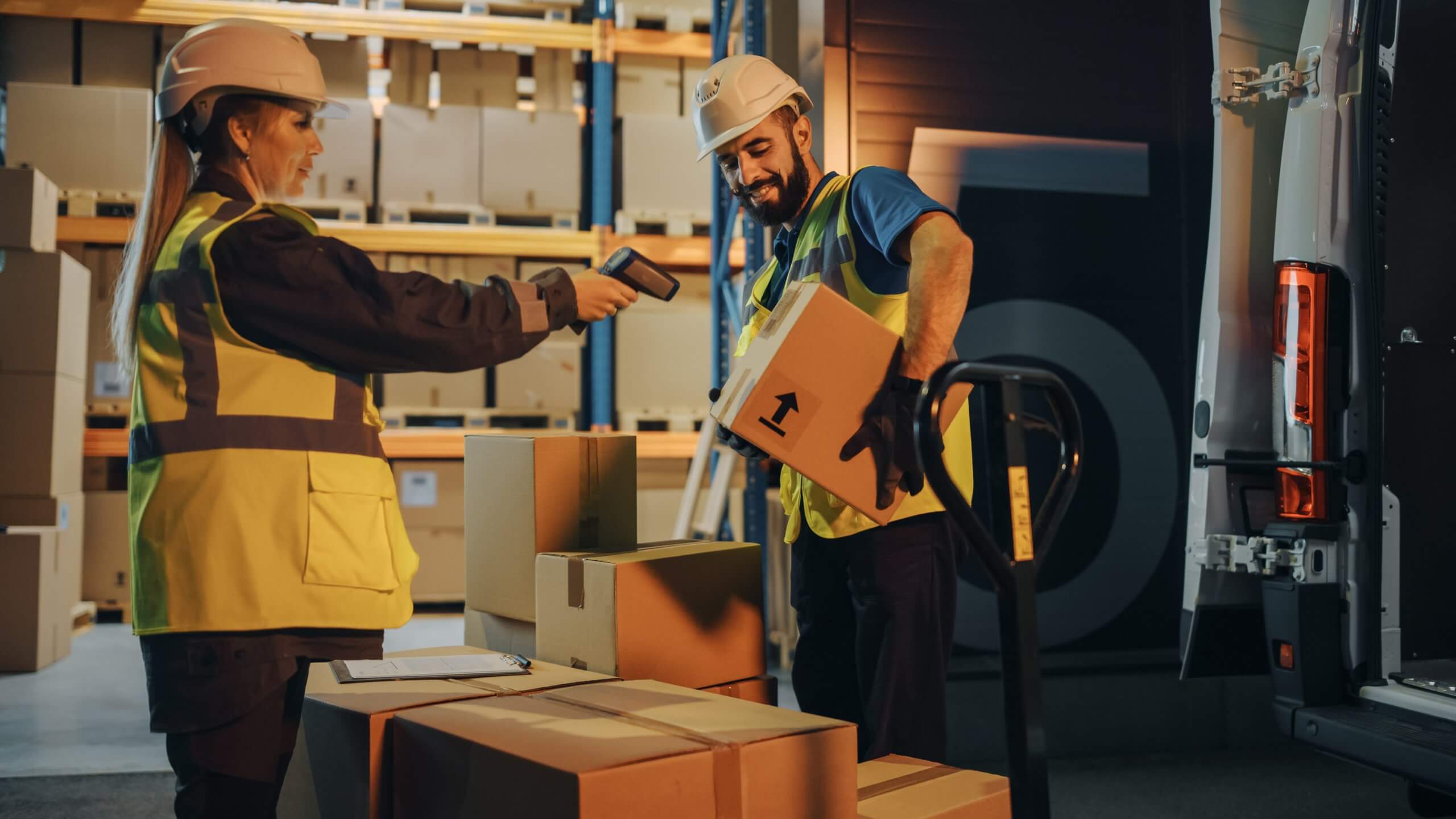Last mile short cuts: the logistics for a successful returns service

Return logistics
At least 30% of all products ordered online are returned. Source: Invesp
Returns are a crucial aspect of consumer e-commerce. Shoppers want to be able to return easily and quickly, but for logistics and supply chain operators, the costs of doing so can mount quickly. It’s not always clear what the total cost of the return is, either to the business or within the supply chain.
Delivering a positive customer experience is paramount to retailers. Retailers nowadays understand that no matter who delivers an order to a customer’s door, the customer associates the delivery service with the brand they’ve purchased from. Therefore, whether you’re a third party logistics specialist, offering a white label service or operating logistics for your own retail organisation or brand, you must provide delivery and returns service levels that customers are promised by the originating organisation.
Organisations can’t afford to offer effortless returns at any cost. As a relatively late addition to the doorstep delivery proposition, returns are tricky to build into your business model. Customer return behaviour is unpredictable, and retailers may encourage over-purchasing with the expectation of a high volume of returns. The clothing sector is a primary example of this, where it can become difficult for logistics businesses to operate efficient end-to-end returns processes that are also profitable, and that satisfy customer and consumer needs.
Despite the challenges, there is a way to understand and refine your return logistics and processing, even in fast-changing markets. With the right data and tools to hand, you can:
- Use customer segmentation and historic transactional data to understand customers’ propensity to return.
- Build a predictive demand model that demonstrates where different customer types are in your delivery area.
- Calculate the cost to serve each customer type and model scenarios that help you optimise existing routes.
- Develop return strategies at property level, including local partner store returns and PUDO (pick-up and drop-off).
- Build into your delivery planning to optimise routing and scheduling to include return pickups
This approach gives you a dynamic approach to returns, so you can adapt it as consumer behaviour and demand changes.
You can transparently show how return costs are made up and use this to support decisions in your business, and you can manage consumer expectations clearly while dealing with outliers in the most appropriate way for your business and network.
Not all logistics businesses are capable of achieving this because it demands an specific blend of customer insight and routing intelligence. CACI have the expertise to help you gain the necessary competitive advantage to dominate the return logistics space.
CACI can supply you with the data and tools or provide full project support including consultancy and strategic, data-oriented recommendations so that you can be confident your delivery and returns proposition will work for all stakeholders. With insight like this, you can focus on your core strength: managing and delivering an excellent logistics operation. Contact us to learn more at iwheeldon@caci.co.uk
Check out the other blogs in the Last mile short cuts series: